By Zilan Keskin
WHAT IS CONTRACT LIFECYCLE MANAGEMENT?
Contract lifecycle management (CLM) is a process that automates and streamlines key stages of a contract’s journey, enabling efficient management of legal agreements within a unified workspace. The primary stages of CLM include initiation, authoring, workflow management, negotiation and approval, execution, and renewal. The contract lifecycle management process ensures legal compliance by standardizing how contracts are handled across their lifecycle. The concept of contract lifecycle management is one that can be applied to any organisation that deals with legal and contractual agreements. CLM tools and legal contract automation solutions are designed to help organisations manage all aspects of a contract’s lifecycle, including contract compliance tracking and risk management. These tools are particularly valuable for ensuring that agreements align with industry regulations and internal policies, supporting contract renewal automation and more efficient operations.

WHAT DOES IT DO?
CLM assists organisations and companies in managing risk, ensuring legal compliance, tracking progress and in the maintenance of the company’s organisation from the very beginning. The adoption of AI-powered CLM tools has further revolutionized the contract management process, providing automated and data-driven insights that reduce cycle time and improve stakeholder satisfaction.
A robust CLM system often integrates features like contract negotiation automation and digital contract solutions to improve the speed and accuracy of contract handling. By leveraging CLM software and other legal tech solutions, organisations can achieve better visibility, control, and scalability in their processes.

MANAGING CONTRACTS USING TECHNOLOGY
As documents grow in number and complexity, managing contracts manually can lead to inefficiencies. Cloud-based contract management solutions address these challenges by providing comprehensive tools for drafting, updating, and managing contracts. These technologies offer comprehensive solutions for drafting, updating, and managing contracts in a structured way.
For example, organisations dealing with frequent regulatory changes can benefit from automated contract management tools that allow quick updates and reliable tracking of modifications. These tools streamline the contract lifecycle management process by automating tasks such as identifying impacted clauses, implementing updates, and notifying stakeholders of necessary changes. This not only ensures that businesses maintain legal compliance but also reduces the risk of non-compliance penalties or missed deadlines. By providing real-time tracking and proactive updates to regulatory requirements, such systems empower organisations to respond swiftly to changes in the legal landscape while maintaining consistency and reducing administrative overhead.

THE EXISTING MARKET THUSFAR
One of the principal challenges in adapting to a modern, technology-driven business environment is overcoming the cognitive overload of managing vast amounts of information. Advanced CLM software, such as those provided by Avvoka, Conga Contracts, and Concord, simplifies contract workflows by offering digital contract solutions for storage, tracking, and management.
These CLM for businesses tools also integrate risk management in contracts, ensuring that potential pitfalls are identified and mitigated early. Moreover, contract compliance tracking is made easier with AI and automation, which enable real-time monitoring and updates.

The adoption of contract lifecycle management (CLM) is becoming increasingly critical for organisations aiming to stay competitive in today’s business landscape. From improving the contract negotiation automation process to ensuring contract compliance tracking, the latest CLM software providers are setting new benchmarks for efficiency and reliability. As the demand for legal tech solutions grows, companies that embrace automated contract management will find themselves better equipped to navigate the complexities of the modern regulatory and operational environment.
By integrating tools that support contract renewal automation and leveraging AI-powered CLM tools, businesses can ensure a seamless, scalable, and future-proof approach to contract management. As the demand for efficient contract management grows, now is the time for businesses to explore how CLM tools can transform their operations



